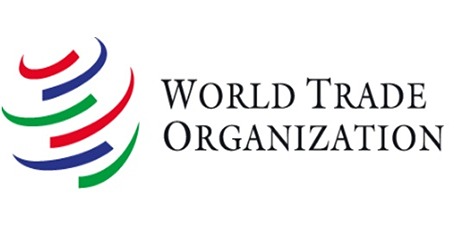Om 8 March 2016 the World Bank held a conference with over thirty developed and developing countries on the challenges of using carbon prices to reduce emissions of greenhouse gas.
World Bank initiatives such as the Carbon Pricing Leadership Coalition, the Partnership for Market Readiness and the Networked Carbon Markets Initiative are facilitating discussion of steps to introduce carbon pricing and linkage between global carbon markets. Technical workshops are to be held on domestic action to reduce carbon emissions including carbon trading and carbon taxes.
The Partnership for Market Readiness jointly with the International Carbon Action Partnership published a paper on 8 March 2016 entitled Emissions Trading in Practice: A Handbook on Design and Implementation. This sets out lessons learned and best practice in the implementation of emissions trading systems.
The paper notes that there are two kinds of market instrument that can deliver a realistic price on carbon, these instruments being emissions trading systems or carbon taxes. These effectively aim to charge the producers of emissions for the cost imposed on society by their activities and they do this by placing a realistic price on the emissions.
These instruments can help by:
• Changing the behavior of producers, consumers and investors with the result that emissions are reduced in a way that is flexible as to who takes action and what action they take;
• Stimulating innovations in technology and practical processes concerning emissions;
• Creating benefits for the economy, the environment, public health and society; and
• Bringing in revenue that can be allocated to reducing other taxes; or to supporting climate action in other areas.
The difference between the two mechanisms in practice is that in the case of carbon taxes the government sets the rate and permits the market to adjust the quantity of emissions while in emissions trading the government is establishing the quantity of emission and permitting the market to determine the price. It is also possible to construct a hybrid system combining the two approaches.
Emissions trading allows governments to be reasonably certain about future levels of emissions, and an emissions trading system can be linked to other emissions trading systems or offset mechanisms, strengthening international cooperation on carbon pricing.
The World Bank and OECD have together formulated the so-called FASTER principles for successful carbon pricing. This acronym represents fairness (because the polluter pays); alignment of policies and objectives; stability and predictability; transparency in design and implementation; efficiency and cost effectiveness; and reliability and environmental integrity.
Setting up an emissions trading system
The paper sets out ten steps for designing an emissions trading system. These involve deciding on the scope of the system, setting the cap and distributing the allowances. The use of offsets should be considered and the temporal flexibility should be determined, including the length of reporting and compliance periods.
The next step is to address price predictability and cost containment by making decisions on the possibility of market intervention and whether this should address low prices, high prices or both. The following step relates to compliance and oversight, identifying regulated entities, managing emissions reporting and establishing enforcement and penalties.
Following the engagement of stakeholders and consultation of stakeholder groups a communications strategy must be designed and capacity building needs met. Linking with other systems should be considered and linkage partners identified. Finally the timing and process of implementation should be determined and the review process established.
















